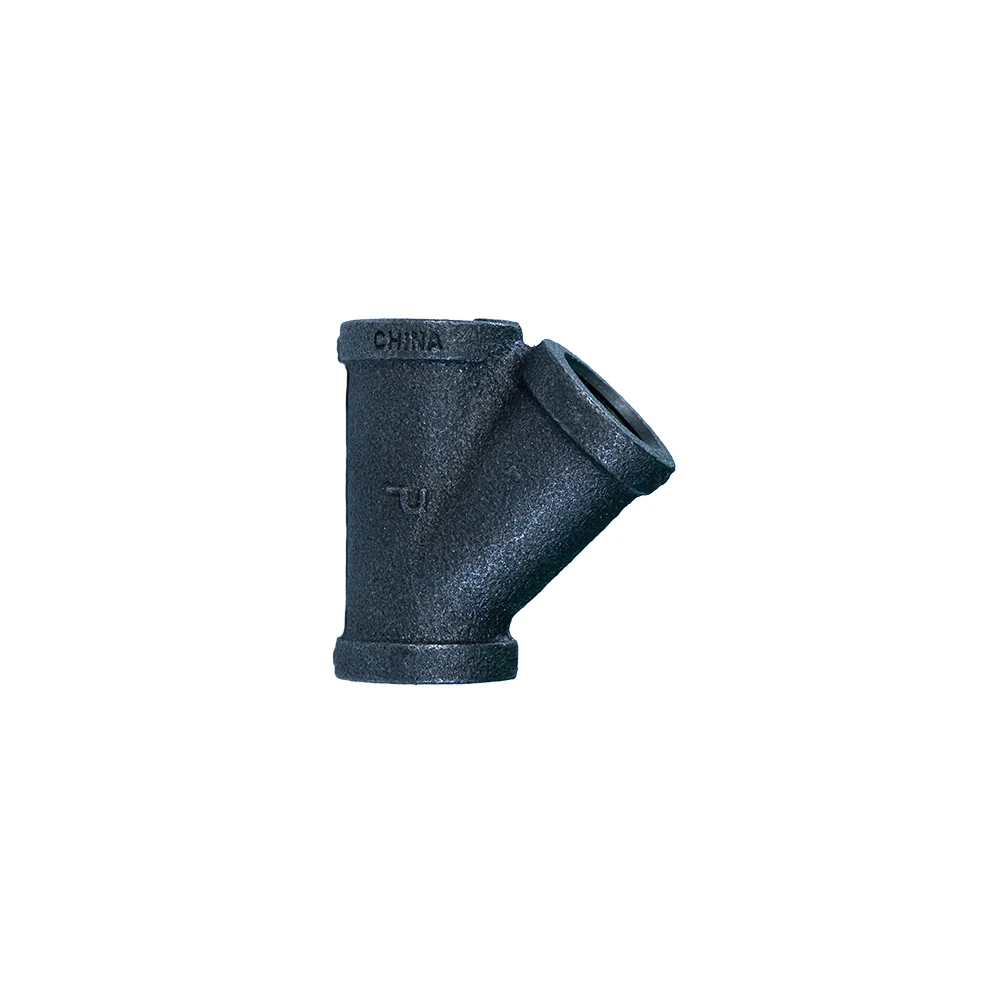Navigating the world of plumbing pipe fittings can be daunting, especially with the myriad of options available. Understanding the types of fittings and their applications is essential for efficient plumbing installations and repairs. This comprehensive guide will delve into the various types of plumbing pipe fittings, their uses, and why making the right choice is crucial for functionality and system longevity.

Pipe Fittings An Overview
Plumbing pipe fittings are components used to join pipes together, alter their direction, or control the flow of water and gases. These fittings are indispensable in both residential and commercial plumbing projects. Choosing the right fitting not only ensures a leak-free system but also enhances the efficiency of the plumbing apparatus.

Common Types of Plumbing Pipe Fittings
1. Elbows Elbows are fittings that enable changing the direction of a pipe run. Typically available in 45-degree and 90-degree angles, elbows are crucial for navigating corners and fit pipes in constrained areas. They're extensively used in both water and wastewater systems.
2. Tees Used to split or combine flow in a piping system, tees have three openings one inlet and two outlets. They are versatile and facilitate efficient branching of piping lines. Tees are common in both water distribution and vent systems.
3. Reducers These fittings help join pipes of different diameters, allowing for a smooth transition in flow. They are either concentric or eccentric based on their shape alignment, with concentric reducers maintaining a balanced axis, and eccentric reducers having the inlet and outlet on different planes.
4. Couplings An essential component for repairing or extending pipes, couplings allow for the connection of two pipes with the same diameter. They come in rigid or flexible forms, with the latter offering some leeway in adaptability to pipe movements and vibrations.
5. Bushings Designed to fit pipes with different diameter sizes, bushings reduce the flow size in a piping system. Unlike reducers, bushings occupy less space. They are often used when the change in pipe size is abrupt.
6. Caps and Plugs Caps close off the end of a pipe, while plugs close an opening at a side outlet. Both are primarily used to terminate the end of a piping line temporarily or permanently, ensuring no leaks occur.
plumbing pipe fitting types
7. Crosses These have four openings in a cross shape, used when four pipes meet at a single point. Cross fittings are less commonly used due to their fewer applications and higher stress levels in cooling and flow systems.
8. Unions Similar to couplings, unions enable easy removal of pipes for maintenance or fixture replacement, especially in systems where future disassembly is anticipated. Unions consist of three parts a nut, a male end, and a female end.
Material Considerations in Pipe Fittings
When selecting pipe fittings, material is as crucial as the fitting type. The material dictates the fitting's durability, compatibility, and application range.
- Copper Fittings Known for their thermal resistance and ability to withstand high water pressures, copper fittings are ideal for hot and cold water supply lines.
- PVC and CPVC Fittings Lightweight and resistant to corrosion, these fittings are predominant in residential and commercial plumbing for water supply, drainage, and vent systems.
- Brass Fittings With excellent corrosion resistance, brass fittings are suitable for hot water systems and are often used in systems where water quality is preserved, thanks to their minimal leaching properties.
Ensuring Optimal Plumbing Systems
Selecting the appropriate plumbing pipe fitting involves understanding the system’s requirements, such as pressure ratings, temperature variations, and the type of fluid being transported. Proper fitting selection ensures a secure, efficient, and long-lasting plumbing operation. Moreover, leveraging fittings from reputable manufacturers can safeguard against leaks and costly repairs.
Furthermore, compliance with local plumbing codes and standards is essential for system legality and safety. Professional consultation can often provide insights into the latest innovations in fitting technology, ensuring cutting-edge repairs or installations.
Ultimately, knowledge of plumbing fittings enhances one's ability to make informed decisions, resulting in systems that not only fulfill immediate functional needs but are also adaptable for future modifications and expansions.
Post time:
ژانویه-17-2025











